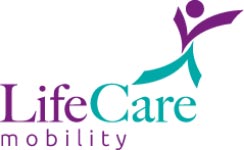Imagine a world where every step you take is filled with discomfort and pain. For many seniors, foot pain is an unwelcome companion. It casts a shadow over their daily activities and diminishes their quality of life. Our feet are intricate structures that bear the weight of our entire bodies. As we age, they undergo wear and tear, making them susceptible to a myriad of conditions that cause pain and hinder mobility.
What are the most common culprits behind foot pain in seniors?
Osteoarthritis.
As explained by Toronto’s Feet First Clinic, “osteoarthritis is not only the most common variant of arthritis; it is also one of the most common foot conditions in the elderly. Osteoarthritis is the ‘wear-and-tear’ arthritis that causes degeneration of the cartilage in our joints. Reduced cartilage in our joints causes pain and can lead to other foot conditions like bone spurs. Your toes are most susceptible to osteoarthritis.”
Seniors with osteoarthritis may experience difficulty walking, limited range of motion and discomfort during weight-bearing activities. Proper diagnosis and treatment, including medication, physical therapy and supportive footwear can alleviate pain and enhance mobility.
Plantar fasciitis.
This condition occurs when the plantar fascia (a band of tissue connecting the heel to the toes) becomes inflamed or strained. Seniors with plantar fasciitis often experience sharp, stabbing pain in their heels or arches. The pain is generally most prevalent in the morning or after prolonged periods of rest. Stretching exercises, orthotic inserts, supportive footwear and ice packs can provide relief. Avoiding high-impact activities can prevent further aggravation.
The Feet First Clinic suggests rest, supportive footwear and shockwave therapy among the best treatments for plantar fasciitis. “Shockwave therapy delivers sound wave pulses to the injured fascia,” their website explains, “This triggers your body’s the healing process, making for a natural recovery. Shockwave therapy is extremely effective for cases of plantar fasciitis persisting more than 6 months.”
Bunions.
Bunions are bony bumps that develop at the base of the big toe. They often cause pain and discomfort. Bunions occur when the big toe joint becomes misaligned, forcing the toe to point toward the other toes. Seniors with bunions may experience pain, redness, swelling and restricted movement. Wearing comfortable, wide-toed shoes, using orthotic devices and applying ice packs can help manage bunion pain. Severe cases may require surgical intervention.
Neuropathy.
Neuropathy is a condition characterized by nerve damage. Peripheral neuropathy is particularly common in seniors and can cause tingling, numbness or a burning sensation in the feet. Diabetes, vitamin deficiencies and certain medications can contribute to neuropathy.
“If an underlying condition like diabetes is at fault, your healthcare provider will treat that first and then treat the pain and other symptoms of neuropathy,” explains Johns Hopkins Medicine, “In some cases, over-the-counter pain relievers can help…Lidocaine injections and patches may help with pain in other instances.”
Fallen arches.
Fallen arches are also referred to as flat feet. They occur when the arches of the feet collapse or do not develop properly. This condition can lead to foot pain, fatigue and an increased risk of developing other foot problems. Seniors with fallen arches may benefit from arch supports, orthotic devices and exercises to strengthen their foot muscles. Choosing appropriate footwear with good arch support is crucial for maintaining proper foot alignment and reducing pain.
Is your foot pain preventing you from climbing the stairs in your home?
Stair lifts are designed to provide safe and easy access to all levels of a home. To learn all about the stair lifts offered by LifeCare Mobility Solutions, please don’t hesitate to call us at 416-267-9800 or email us at info@lifecaremobility.ca. You may also contact us by filling out the form on our Contact page!










